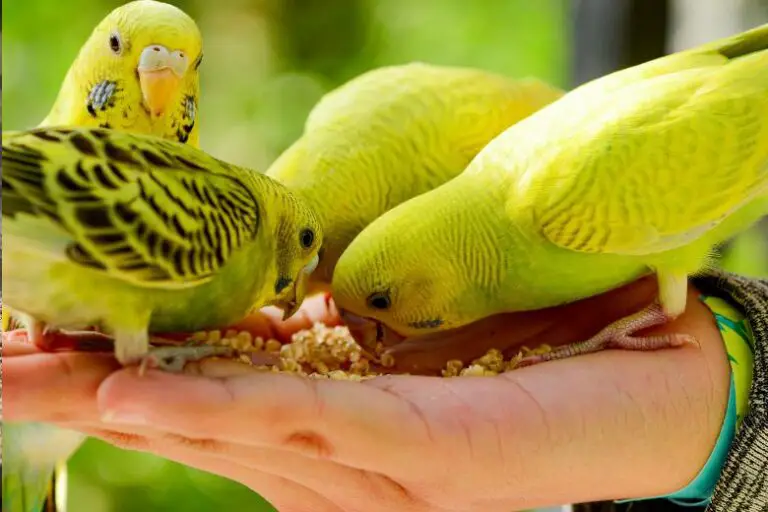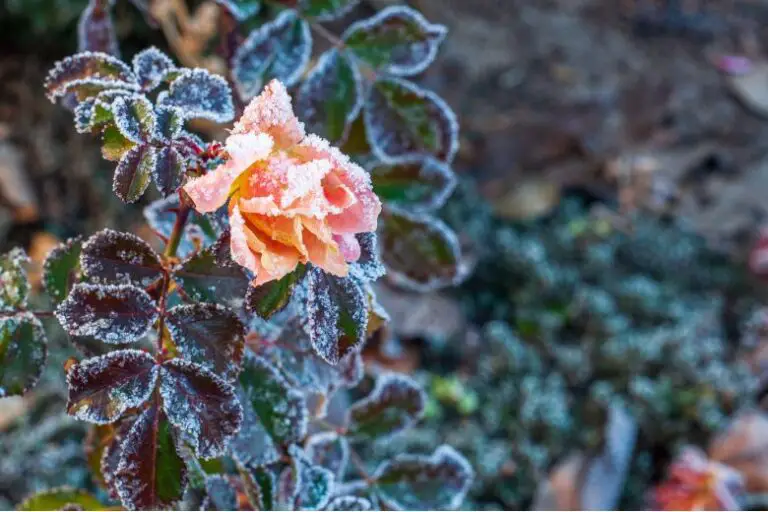Is Turk’s Cap Lily Toxic to Pets
As pet owners, ensuring the safety and well-being of our animals is a top priority. Our gardens are places of joy and relaxation, but they can also harbor hidden hazards, such as toxic plants. Turk’s Cap Lily (Lilium superbum), also known as Turk’s Cap Lily or Lilium martagon, is a flowering plant native to North America. Its unique appearance, with its recurved petals and bright coloration, makes it an appealing addition to many gardens. However, its attractiveness can also raise concerns for pet owners who are unsure of its impact on their furry friends.
Turk’s Cap Lily: An Overview
Before delving into its potential toxicity, let’s take a moment to appreciate the beauty of Turk’s Cap Lily. This perennial plant is characterized by its striking flowers, which feature recurved petals in shades of orange, red, or yellow, with spots adorning their inner surfaces. Turk’s Cap Lily can grow up to five feet tall and typically blooms in the summer months.
Gardeners are often drawn to this captivating flower, making it a common sight in many outdoor spaces. Nevertheless, pet owners need to be cautious and well-informed, as some plants can have adverse effects on animals.
Potential Dangers to Pets
Pet owners must be aware of the dangers that certain garden plants can pose to animals. Many popular garden flowers, including lilies, are known to be toxic to pets if ingested. Turk’s Cap Lily contains substances that can be harmful to dogs, cats, and other household pets. To ensure the safety of our animals, it is crucial to identify and understand potentially hazardous plants.
Common Garden Plants Toxic to Pets
Apart from Turk’s Cap Lily, there are several other plants commonly found in gardens that can be toxic to pets. Some well-known examples include lilies (Lilium species), azaleas (Rhododendron species), tulips (Tulipa species), and daffodils (Narcissus species). The effects of these toxic plants can range from mild gastrointestinal upset to severe organ damage and, in extreme cases, can even be fatal.
Turk’s Cap Lily and Pets: What the Experts Say
Numerous studies and expert opinions have shed light on the potential toxicity of Turk’s Cap Lily to pets. According to the American Society for the Prevention of Cruelty to Animals (ASPCA) and other reputable sources, Turk’s Cap Lily is indeed toxic to dogs, cats, and horses.
The plant contains natural compounds called cardiac glycosides, which can cause adverse reactions if ingested. The ASPCA lists Turk’s Cap Lily as a plant that is toxic to pets, warning pet owners to be cautious and take preventive measures.
Signs and Symptoms of Turk’s Cap Lily Toxicity
When pets consume Turk’s Cap Lily or any other toxic plant, they may exhibit various symptoms. These can include gastrointestinal upset, vomiting, diarrhea, lethargy, loss of appetite, and excessive drooling. In more severe cases, ingestion of toxic lilies can lead to heart arrhythmias, seizures, and kidney failure, posing a significant threat to the affected animals.
What to Do If Your Pet Ingests Turk’s Cap Lily
If you suspect that your pet has ingested Turk’s Cap Lily or any other toxic plant, it is essential to act promptly. Time is of the essence when dealing with potential poisonings. Contact your veterinarian immediately or, if it is after hours, get in touch with a pet poison helpline. Professional guidance is crucial in such situations, as they can provide specific advice based on your pet’s condition.
Preventive Measures for Pet Owners
Preventing Turk’s Cap Lily poisoning starts with creating a safe environment for your pets. If you have Turk’s Cap Lily in your garden or plan to add it, consider planting it in an area that is inaccessible to your pets. Fencing off the garden or creating barriers can also be effective in keeping curious pets away from potentially harmful plants.
Additionally, familiarize yourself with the names and images of toxic plants, not just Turk’s Cap Lily, to recognize them in your garden. Opt for pet-friendly alternatives when choosing new additions for your outdoor space.
Safe Gardening Practices
Incorporating safe gardening practices can significantly reduce the risks posed by toxic plants. Always label the plants in your garden, especially if there are potentially harmful varieties. When purchasing plants from nurseries, ask for information about their toxicity and precautions to take.
Educate your family members and visitors about the importance of keeping pets away from garden plants. By working together, you can create a safe and enjoyable garden environment for everyone.
Turk’s Cap Lily in Floral Arrangements and Indoor Settings
Turk’s Cap Lily may also find its way into floral arrangements and indoor settings. If you have pets at home, it’s essential to exercise caution when displaying cut flowers. Keep floral arrangements out of reach, especially from curious cats who may be tempted to chew on the flowers.
Personal Experiences from Pet Owners
Hearing about the experiences of other pet owners who have encountered Turk’s Cap Lily toxicity can be both informative and eye-opening. While each situation is unique, these stories highlight the importance of vigilance and quick action when dealing with potential poisonings.
Conclusion
In conclusion, Turk’s Cap Lily is indeed toxic to pets, including dogs, cats, and horses. The presence of cardiac glycosides in the plant can lead to various adverse effects, ranging from mild gastrointestinal upset to severe organ damage. As responsible pet owners, it is our duty to create a safe environment for our animals. Familiarize yourself with toxic plants, such as Turk’s Cap Lily, and take preventive measures to protect your pets from potential harm in your garden. By being proactive and well-informed, we can ensure the safety and well-being of our beloved furry companions.







